NSC632839 suppresses esophageal squamous cell carcinoma cell proliferation in vitro by triggering spindle assembly checkpoint-mediated mitotic arrest and CREB-Noxa-dependent apoptosis
- PMID: 40450316
- PMCID: PMC12125735
- DOI: 10.1186/s12935-025-03831-w
NSC632839 suppresses esophageal squamous cell carcinoma cell proliferation in vitro by triggering spindle assembly checkpoint-mediated mitotic arrest and CREB-Noxa-dependent apoptosis
Abstract
Objective: Esophageal cancer is one of the most common digestive cancers in the world. Because of the limitation and resistence of the traditional chemotherapy drugs, it is important to explore new therapeutic targets and strategies for this refractory cancer. Recently, targeting deubiquitinases has emerged as a promising avenue for the development of anti-tumor drugs. However, the role and underlying mechanism of NSC632839, a broad-spectrum deubiquitinases inhibitor, in esophageal squamous cell carcinoma in vitro remain elusive.
Methods: Cell Counting Kit-8 assay, colony formation assay, EdU proliferation experiment and cell morphology observation were used to detect the effect of NSC632839 on cell growth. Flow cytometry was employed to detect cell apoptosis and cell cycle arrest. Immunoblot and immunofluorescence was used to evaluate the expression level of cell cycle-, apoptosis-, and autophagy-related proteins.
Results: NSC632839 inhibited the proliferation of Kyse30 and Kyse450 cells. Mechanistically, NSC632839 induced the formation of multipolar spindles, and its concomitant spindle assembly checkpoint-dependent mitotic arrest, followed by CREB-Noxa-mediated apoptosis. Reversine, a classical MPS1 kinase inhibitor known for its ability to inhibit the spindle assembly checkpoint, could rescue NSC632839-induced cell cycle arrest and apoptosis. Additionally, NSC632839 could trigger pro-survival autophagy. Combination of autophagy inhibitor, CQ and BafA1, with NSC632839 could induce stronger cell proliferation inhibition and apoptosis than NSC632839 alone.
Conclusions: These findings provided a novel anti-cancer mechanism of NSC632839 and highlighted it as a potential anti-tumor agent for the treatment of esophageal cancer.
Keywords: Apoptosis; Esophageal squamous cell carcinoma; Mitotic arrest; NSC632839.
© 2025. The Author(s).
Conflict of interest statement
Declarations. Ethics approvals: Not applicable. Competing interests: The authors declare no competing interests.
Figures
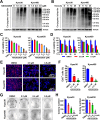
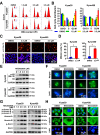


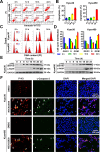
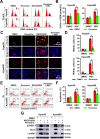
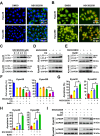
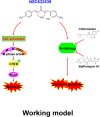
References
-
- Thrift AP. Global burden and epidemiology of Barrett oesophagus and oesophageal cancer. Nat Rev Gastro Hepat. 2021;18(6):432–43. - PubMed
-
- Morgan E, Soerjomataram I, Rumgay H, Coleman HG, Thrift AP, Vignat J, et al. The global landscape of esophageal squamous cell carcinoma and esophageal adenocarcinoma incidence and mortality in 2020 and projections to 2040: new estimates from GLOBOCAN 2020. Gastroenterology. 2022;163(3):649–58.e2. - PubMed
Grants and funding
LinkOut - more resources
Full Text Sources

